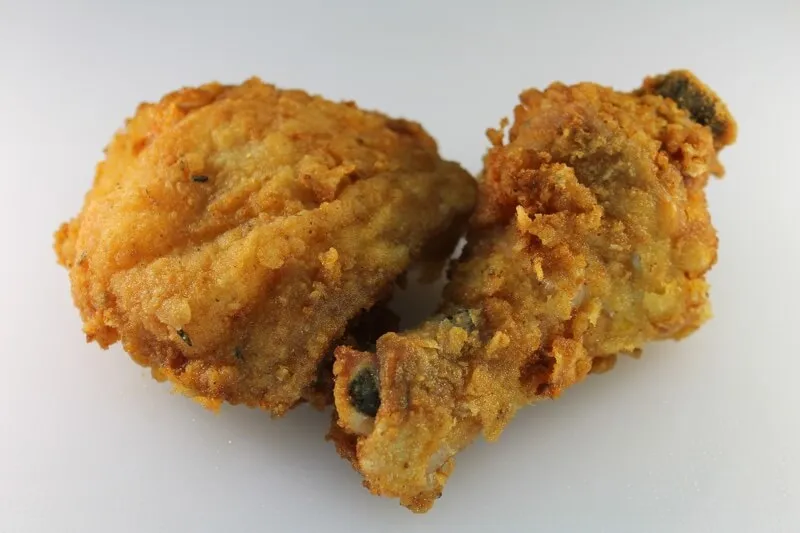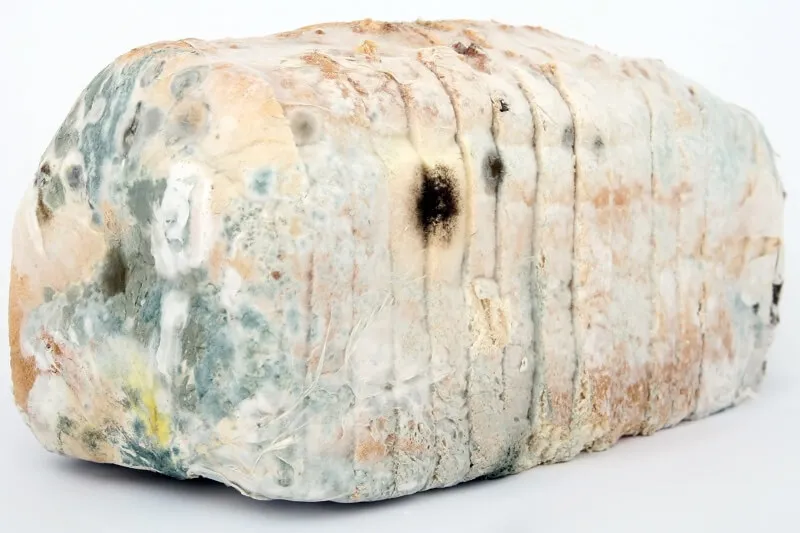As loving pet parents, we all want to treat our canine companions to the best life possible, and often that includes sharing a little bit of our own meals. However, despite their pleading eyes and undeniable charm, some human foods, especially certain types of meat and meat-related products, are strictly off-limits and can pose serious health risks to your beloved pet. Knowing what is the one meat not to feed your dog and understanding the hidden dangers in your kitchen is crucial for their well-being. This guide will delve into specific meats and meat preparations that are detrimental to your dog’s health, ensuring you can keep them safe and thriving.
Understanding the Dangers of Harmful Meats for Dogs
While meat is a staple in a dog’s natural diet, not all meat is created equal, nor are all preparations suitable for canine consumption. The way meat is cooked, preserved, or seasoned can turn a potentially nutritious protein source into a hazardous meal. From bacteria in raw cuts to splintering bones and toxic additives, several factors make certain meats unsafe for your furry friend.
1. Raw or Undercooked Meat
Feeding your dog raw or undercooked meat might seem natural, echoing the diet of their wild ancestors. However, the reality for domesticated dogs is far different. Raw meat, including beef, chicken, pork, and turkey, can harbor dangerous bacteria such as Salmonella, E. coli, and Listeria. These pathogens can not only cause severe gastrointestinal distress in your dog, leading to vomiting, diarrhea, and fever, but they can also be passed on to humans, posing a public health risk. Furthermore, raw meat can contain parasites like tapeworms or roundworms, which can lead to various health complications if ingested. Always ensure any meat given to your dog is thoroughly cooked to an internal temperature that kills these harmful organisms.
2. Cooked Bones
It’s a classic image: a dog happily gnawing on a bone. Yet, feeding your dog cooked bones is incredibly risky and should be avoided at all costs. While raw bones might be part of some specialized diets (under strict veterinary guidance), cooked bones, especially from poultry, pork, or beef, become brittle and can easily splinter. These sharp fragments can cause a myriad of problems, including:
- Choking or obstruction in the throat.
- Punctures or lacerations in the esophagus, stomach, or intestines.
- Severe constipation or internal bleeding.
Always dispose of cooked bones safely where your dog cannot access them. For a safe chewing alternative, consider veterinary-approved dental chews or sturdy, non-splintering chew toys.
3. Highly Processed Meats and Fatty Cuts
Many processed human foods, including deli meats, bacon, hot dogs, and heavily marbled cuts, are laden with unhealthy components that are toxic to dogs.
- Bacon, Ham, and Sausages: These delicious treats for humans are typically high in fat and sodium. Excessive fat can lead to pancreatitis, a painful inflammation of the pancreas that can be life-threatening, especially in breeds prone to it like Miniature Schnauzers and Yorkshire Terriers. The high salt content can cause sodium ion poisoning, leading to extreme thirst, frequent urination, vomiting, diarrhea, and potentially kidney damage. Preservatives like nitrates and nitrites also pose long-term health risks.
- Hot Dogs and Deli Meats: Similar to bacon and ham, hot dogs and deli meats are packed with sodium, fats, and artificial ingredients. These items offer little nutritional value for dogs and can contribute to digestive upset and obesity. Their processed nature also means they often contain various seasonings that can be harmful.
- Fat Trimmings: Both cooked and uncooked fat trimmings from meat can cause severe digestive upset for your dog. The high-fat content can induce pancreatitis, leading to abdominal pain, vomiting, and lethargy. Even small amounts can trigger a reaction, making it best to avoid giving any fatty trimmings to your pet.
 A concerned dog looking at a plate of fatty foods like bacon and ribs, representing meats harmful to canine health.
A concerned dog looking at a plate of fatty foods like bacon and ribs, representing meats harmful to canine health.
4. Meats with Harmful Seasonings
Many meats are prepared with spices and seasonings that are highly toxic to dogs, even if the meat itself isn’t inherently dangerous.
- Onions and Garlic: These common kitchen staples, whether raw, cooked, powdered, or in any form, contain compounds that can damage your dog’s red blood cells, leading to anemia. This can be fatal in severe cases. Be vigilant about meat dishes seasoned with onion or garlic powder, as even small amounts can be harmful. This includes garlic bread, onion rings, or any meat prepared with these ingredients. For a broader perspective on dietary restrictions, understanding what dogs can eat and can t eat can be invaluable.
- Excessive Salt: Beyond processed meats, any meat dish heavily salted can lead to sodium ion poisoning. Always opt for plain, unseasoned cooked meat if you choose to share it with your dog.
- Other Spices: While some spices are harmless, many can cause digestive upset or worse. It’s always safest to give your dog plain, unseasoned meat.


5. Spoiled or Moldy Meats
Just like for humans, spoiled or moldy meat is extremely dangerous for dogs. Rotting meat can contain harmful bacteria, toxins, and mycotoxins (from molds) that can cause severe gastrointestinal issues, neurological problems like muscle tremors, or even organ damage. Always ensure any leftover meat is stored properly or disposed of in a secure bin that your dog cannot access.


Recognizing Symptoms of Meat-Related Poisoning or Illness
If you suspect your dog has ingested a harmful meat product, it’s vital to recognize the signs of distress. Symptoms can vary depending on the specific substance and the amount consumed, but commonly include:
- Vomiting
- Diarrhea (which may be bloody)
- Lethargy or weakness
- Loss of appetite
- Abdominal pain or hunched posture
- Excessive thirst or urination
- Tremors or seizures
- Difficulty breathing
- Pale gums
- Collapse
Some breeds, like Shih Tzus, may have particular sensitivities to certain foods. For more details, you might want to review what can shih tzu not eat.
When to Seek Veterinary Help: Emergency Tips
Even with the best precautions, accidents can happen. If you suspect your dog has eaten any of the harmful meats or meat-related products mentioned, contact your veterinarian or an animal poison control center immediately. Time is often critical in these situations.
What to do:
- Stay Calm: Panicking will only make the situation worse.
- Gather Information: Note what your dog ate, approximately how much, and when. If possible, keep a sample of the substance or its packaging.
- Contact Your Vet or Animal Poison Control: The ASPCA Animal Poison Control Center (APCC) is available 24/7 at 888-426-4435. They can provide expert guidance.
- Do NOT Induce Vomiting Unless Directed: Inducing vomiting without professional guidance can sometimes do more harm than good.
- Follow Instructions Carefully: Your vet or the poison control specialist will provide specific instructions based on the situation. This might involve bringing your dog to the clinic for diagnostic tests, induced vomiting, intravenous fluids, or other medications. In severe cases, hospitalization may be necessary. For advice on supporting a dog during recovery, consider resources like what to feed a dog not eating.


Conclusion: Protecting Your Dog from Harmful Meats
Ensuring your dog’s safety starts with awareness of what can and can t dogs eat, especially concerning meat and meat-based products. From raw meat carrying bacteria and parasites to splintering cooked bones, and the high fat and sodium content of processed meats, the risks are significant. Always cook meat thoroughly, avoid sharing processed or heavily seasoned human foods, and securely store all potentially harmful items out of your dog’s reach. By understanding these dangers and knowing how to respond in an emergency, you can provide your furry family member with a long, healthy, and happy life, free from the risks of dangerous foods.
